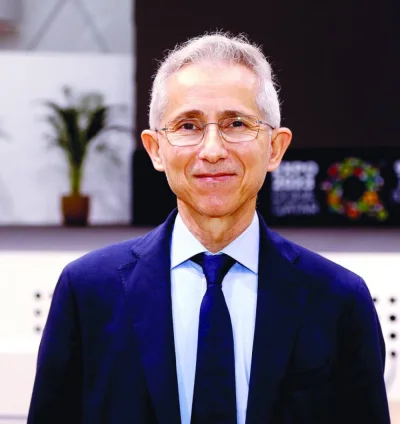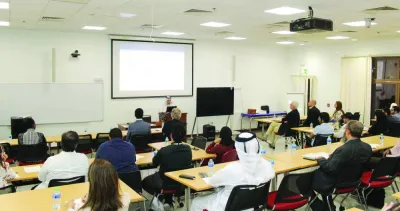The government’s announcement that it will complete all world cup-related projects in time shows its commitment to stage the best sporting spectacle on earth in 2022.
HE the Minister of Economy and Commerce Sheikh Ahmed bin Jassim bin Mohamed al-Thani said Qatar would be spending a phenomenal QR45bn on basic and sport-related infrastructure over the next seven years to facilitate the conduct of the most successful World Cup ever.
The government has made it abundantly clear that crude price fluctuations will not force Qatar to review its committed mega projects, some of which are part of the broader Qatar National Vision 2030.
Also, the government has committed to spend 15% of the GDP each year over the next five years as part of National Development Strategy (NDS), largely funded through the budget.
“The 2022-linked projects are stimulants for the Qatari economy and that’s why the World Cup fixture is so important for us,” said Sheikh Ahmed at a recent event in Tokyo.
To meet housing shortage, the government plans many projects that will ensure adequate residential stocks in the country. Housing facilities will be provided for an estimated half a million people in Lusail City, north of Doha, alone.
Qatar is already getting transformed into a manufacturing and services hub in line with its strategy to diversify the economy away from oil and gas, achieve sustainable growth and create jobs.
The non-hydrocarbon sector in Qatar continues to drive economic growth, pushing its share of GDP to more than 50% for the first time in 2014.
Major infrastructure projects, notably the new metro in Doha, major real estate projects such as Musheireb in the centre of old Doha and Lusail, as well as new roads, highways and the further expansion of the new Hamad International Airport, resulted in a 18.5% year-on-year expansion in construction activity – the fastest growing sector in 2014.
The strong growth momentum achieved last year continues to be in line with the country’s overall development plan outlined in the Qatar National Vision 2030 and the National Development Strategy 2011-16.
By investing heavily in major non-hydrocarbon projects, the authorities are attracting a new wave of expatriate workers to Qatar.
Indeed, population continued its near double-digit growth in 2014, driven by the large ramp up in infrastructure spending.
Data released by the Ministry of Development Planning and Statistics show Qatar’s population stood at 2.22mn in January 2015.
Accordingly, small and medium-sized enterprises, such as hotels, education, medical services, retail and restaurants are expected to flourish in order to cater to the growth of the population. As such, this increased level of population growth should boost aggregate domestic consumption and add to non-hydrocarbon GDP growth going forward.
Besides its commitment to developing the basic and sport-related infrastructure, Qatar has abundant resources to steer its ambitious development plans.
The country has accumulated considerable foreign assets over the past decade as a result of its development of natural resources, with the result that the government’s general net asset position will remain strong, averaging about 100% of GDP, over a three-year period up to 2018.



